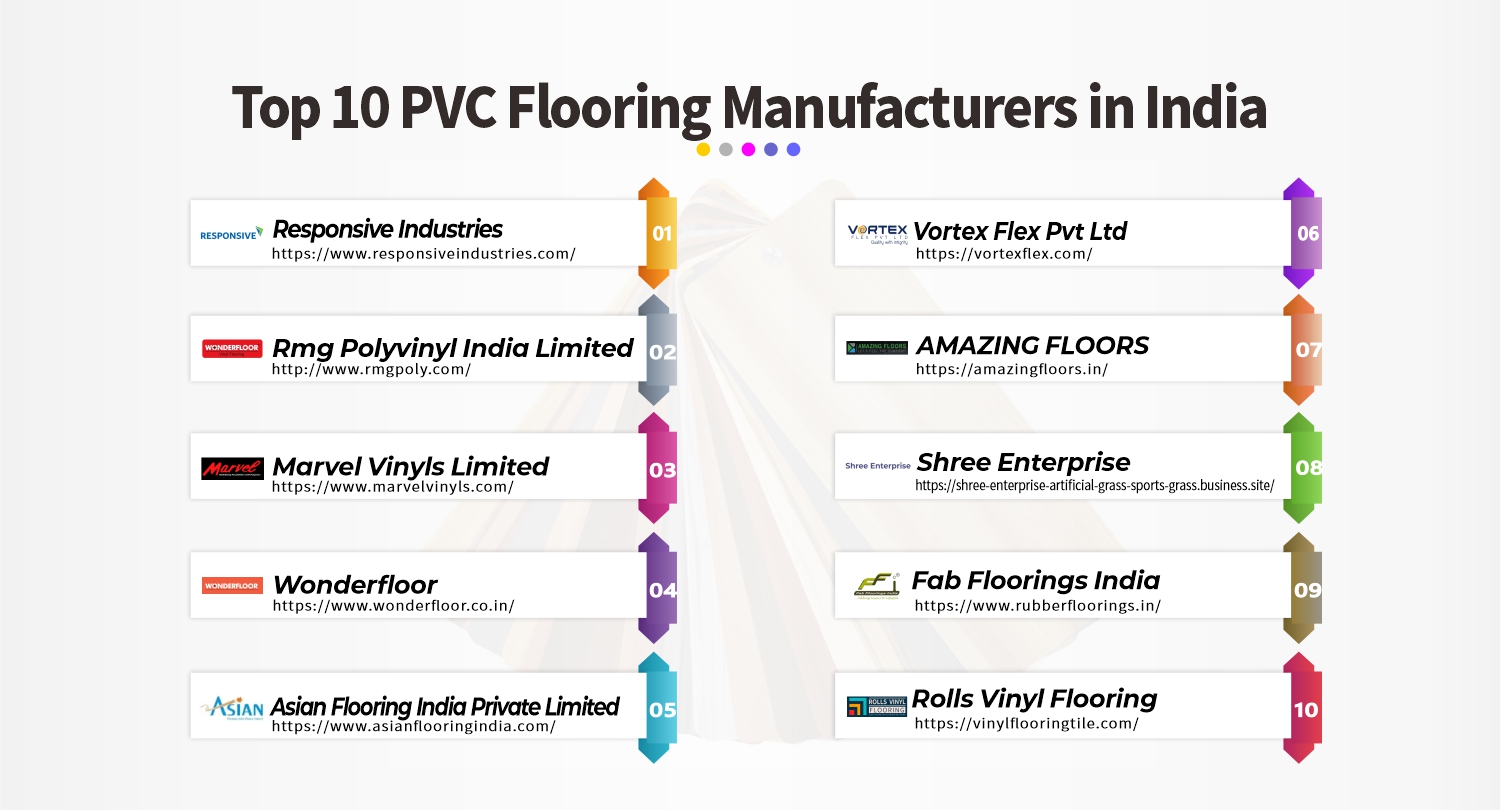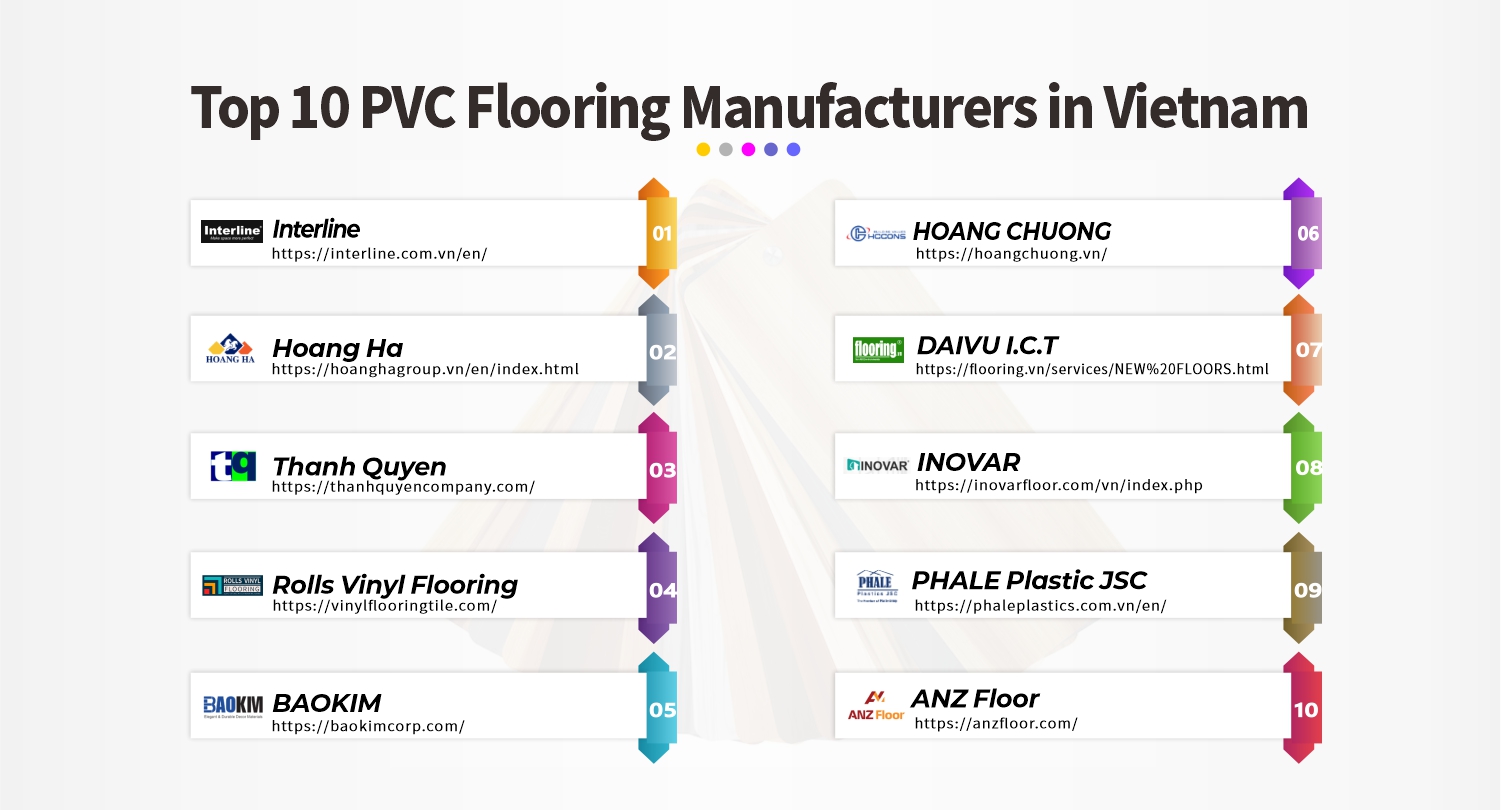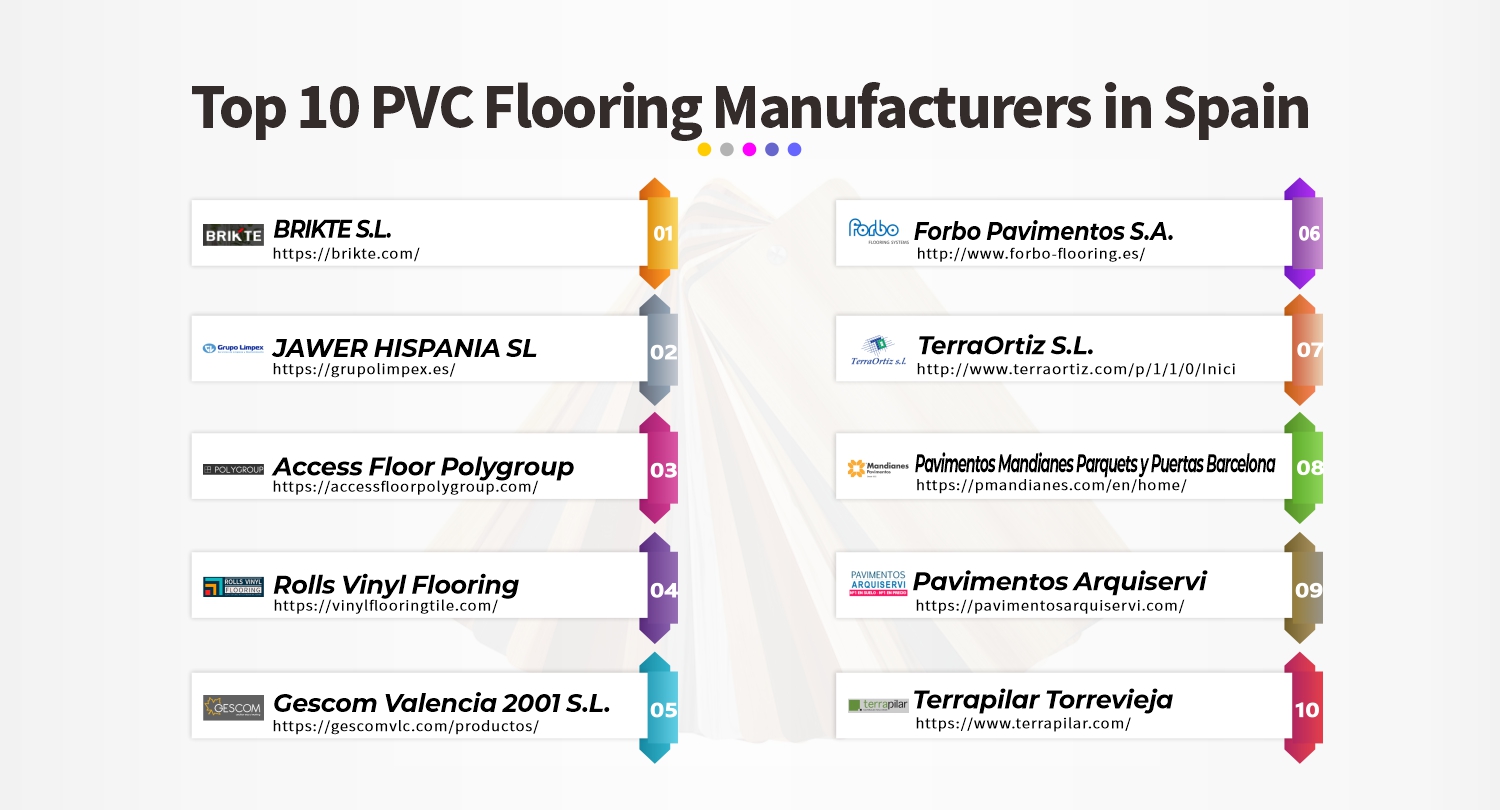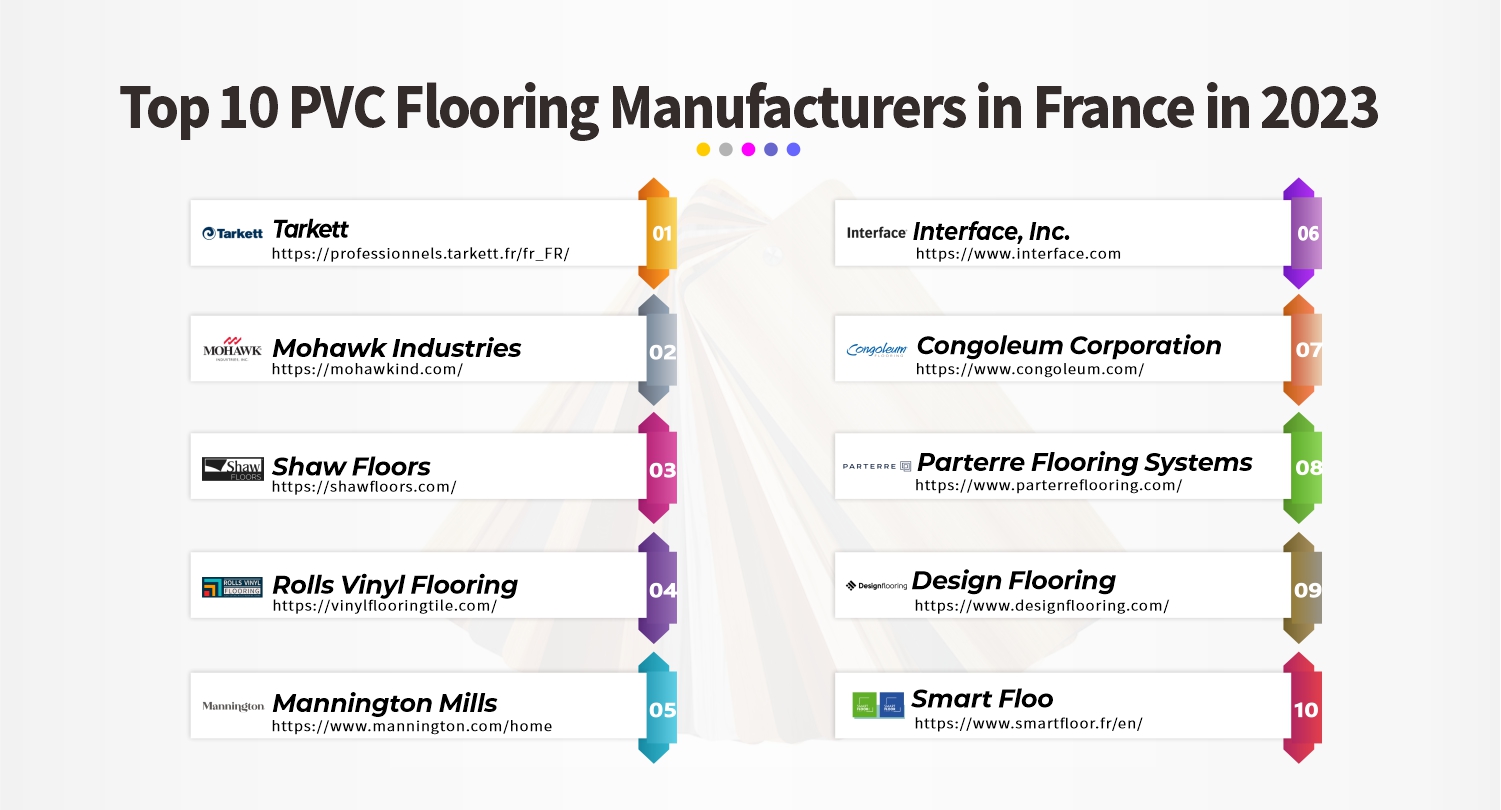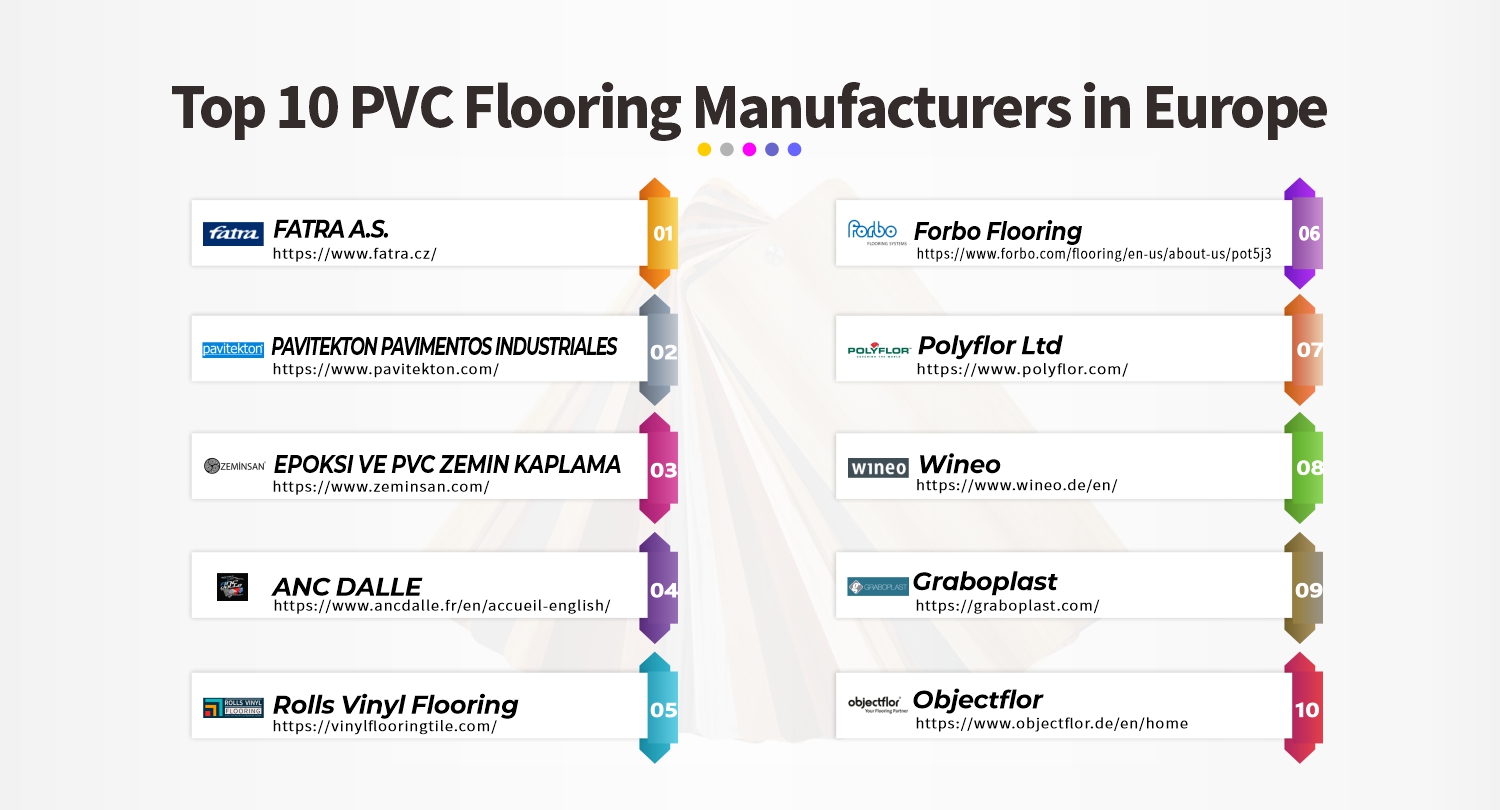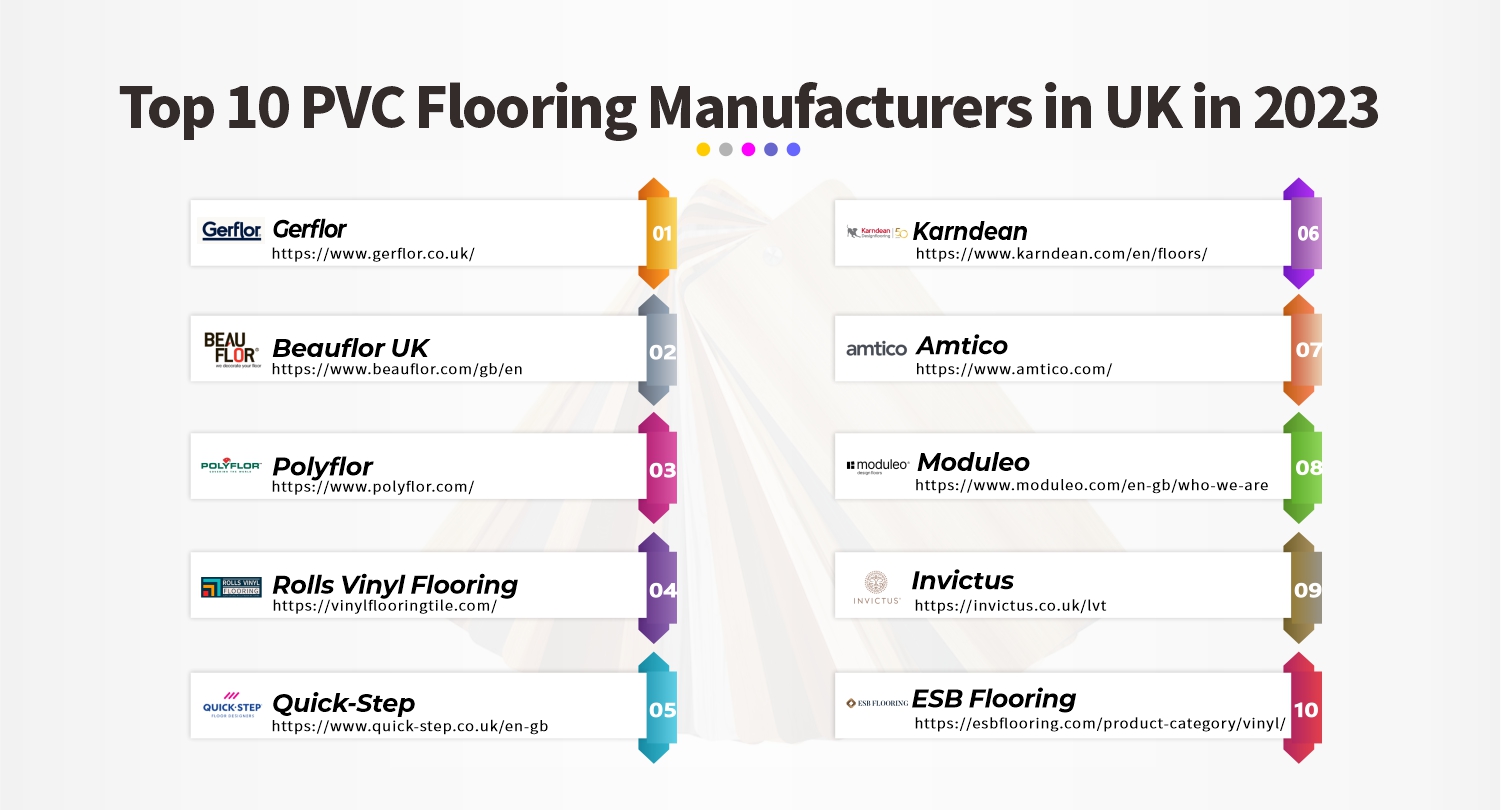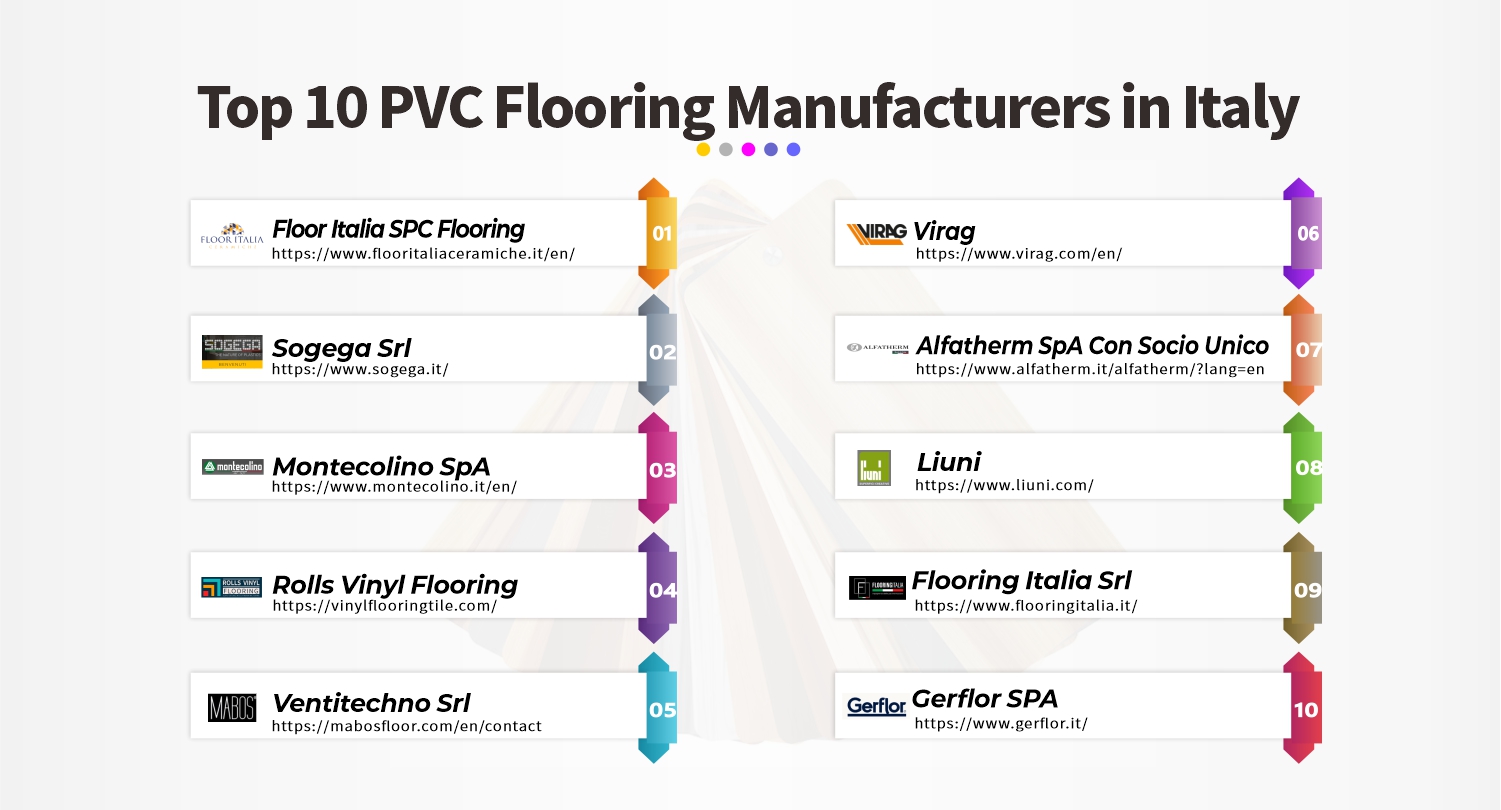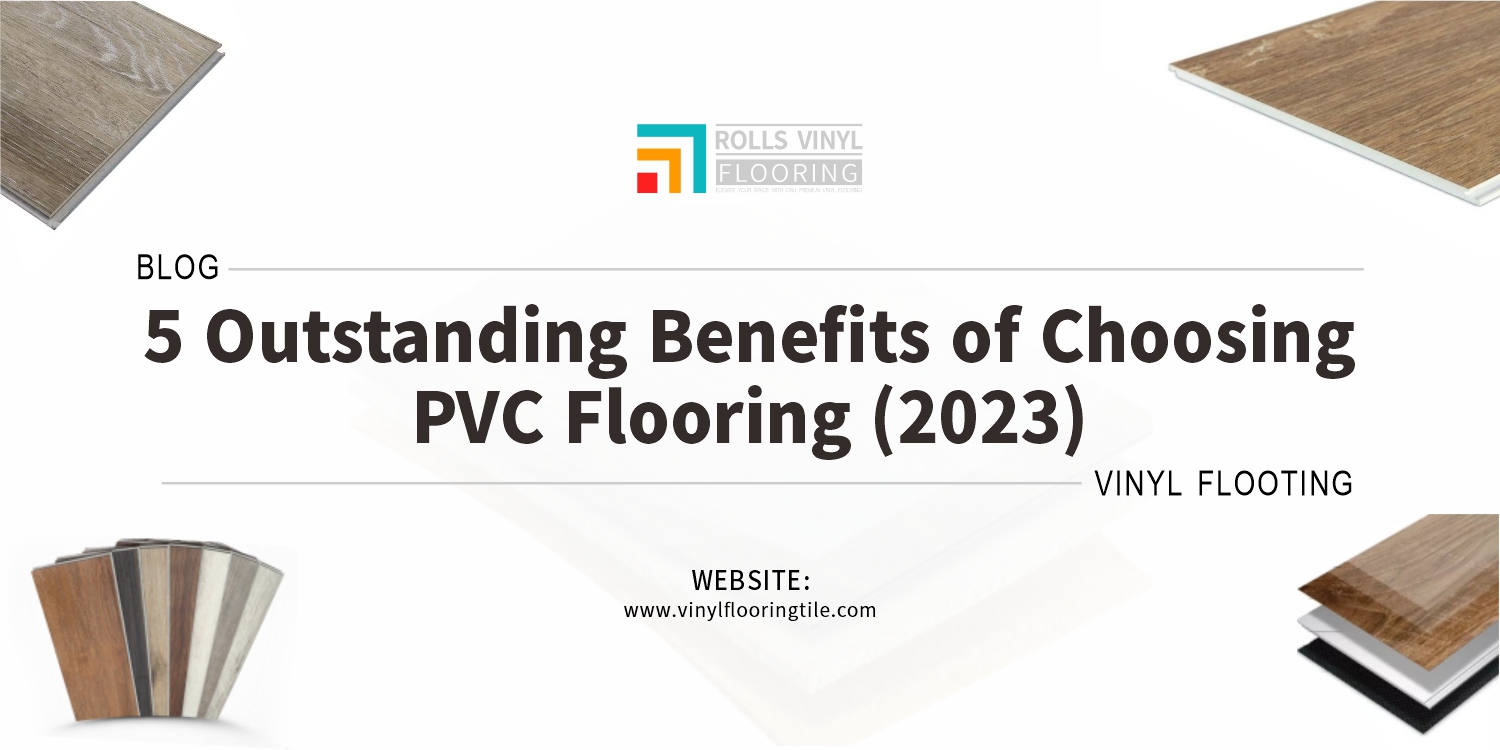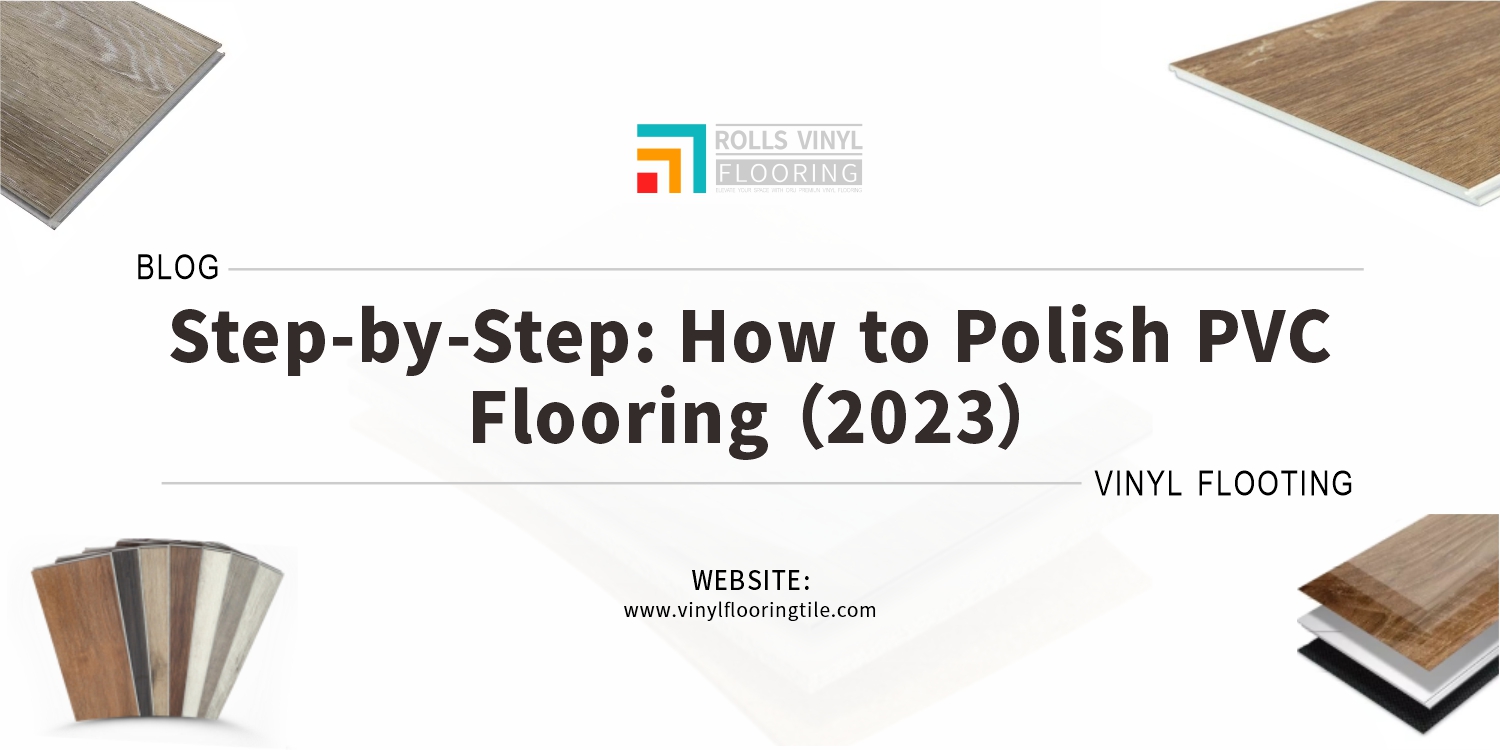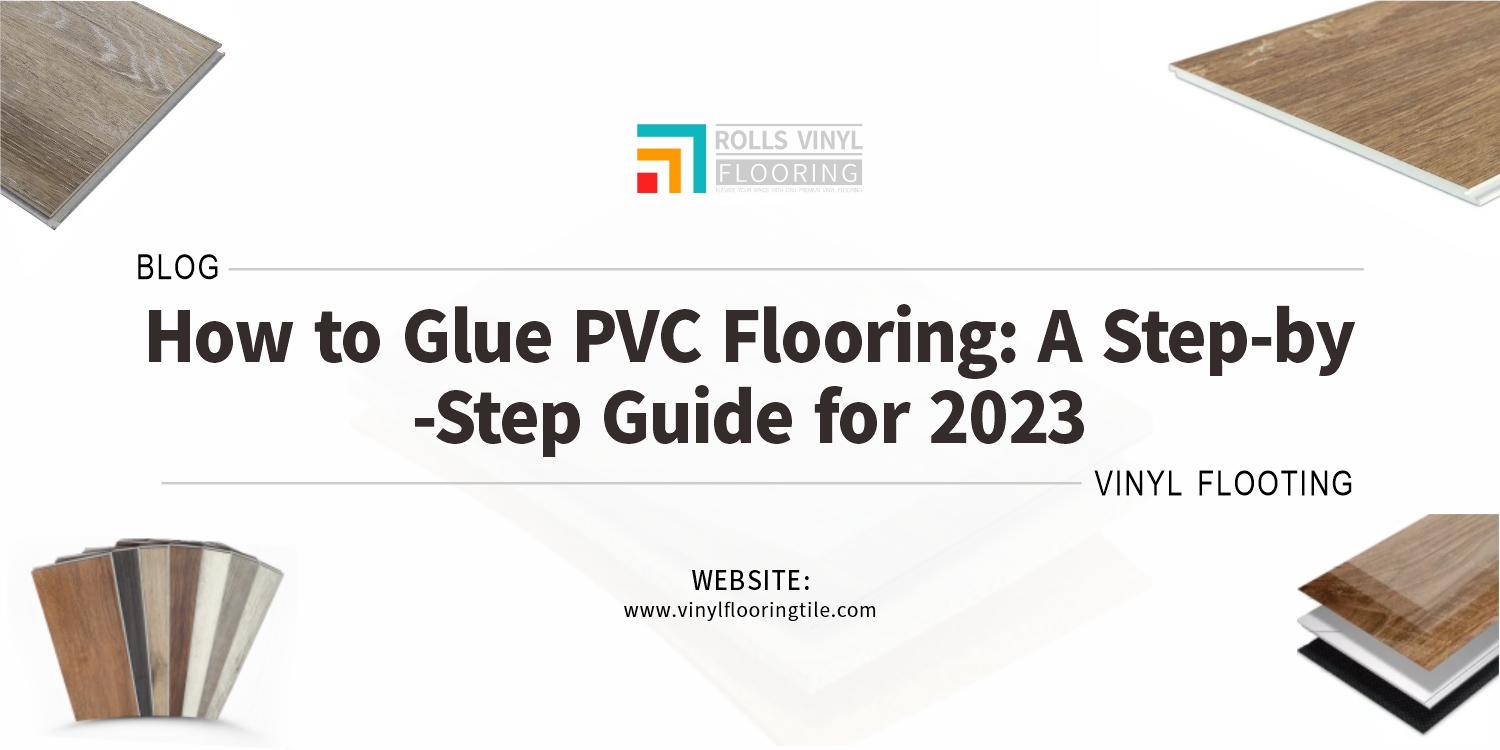Are you looking to upgrade your flooring but concerned about the costs? Join us as we explore the world of flooring costs and find the perfect fit for your budget.
Flooring Type | Average Cost per Square Foot (Material Only) |
Vinyl Flooring | $2 – $7 |
SPC Flooring | $3 – $8 |
LVT Flooring | $2 – $7 |

This article delves into the price showdown of vinyl, SPC, and LVT flooring. Discover the key factors determining each option’s cost, the trade-offs between cost and quality, and make a well-informed decision for your project.
Understanding Vinyl Flooring
Vinyl flooring is a versatile and popular option offering a range of benefits. It is a synthetic flooring material constructed from multiple layers of PVC (polyvinyl chloride) and other additives. The layers are compressed together to create a durable and resilient surface. Vinyl flooring is known for its affordability, low maintenance requirements, and various styles and designs.
There are three main types of vinyl flooring: sheet vinyl, vinyl tiles, and luxury vinyl planks (LVP).
- Sheet Vinyl: Sheet vinyl is a continuous roll of flooring material, typically available in 6 to 12 feet widths. It offers a seamless and water-resistant surface, making it an excellent choice for moisture-prone areas, such as bathrooms and kitchens. Sheet vinyl is often preferred for its easy installation and budget-friendly nature.
- Vinyl Tiles: Vinyl tiles are individual tiles that can be easily installed, providing a more customizable look. These tiles often come in standard sizes, such as 12×12 or 18×18 inches, and can mimic the appearance of natural materials like stone, ceramic, or hardwood. Vinyl tiles are relatively simple to replace if damaged and popular for residential and commercial spaces.
- Luxury Vinyl Planks (LVP): Luxury vinyl planks are designed to replicate the look of hardwood flooring. These planks come in various sizes, typically in a plank format, and feature realistic wood textures and finishes. LVP is an attractive option for those seeking the appearance of hardwood with added benefits like moisture resistance, durability, and easier maintenance.
Advantages of Vinyl Flooring:
- Durability: Vinyl flooring is highly durable and resistant to scratches, stains, and moisture, making it suitable for high-traffic areas and households with pets or children.
- Wide Range of Styles: Vinyl flooring offers an extensive array of styles, colors, and patterns, allowing you to achieve the desired aesthetic for your space.
- Easy Maintenance: Vinyl flooring is relatively easy to clean and maintain. Regular sweeping and occasional mopping is usually sufficient to keep it looking good.
- Comfort and Sound Absorption: Vinyl flooring provides a softer underfoot feel than harder flooring materials like tile or hardwood. It also offers sound absorption qualities, reducing noise transmission.
Disadvantages of Vinyl Flooring:
- Environmental Concerns: Vinyl flooring is made from PVC, a material associated with environmental concerns due to its production process and potential for harmful emissions.
- Susceptible to Fading: Vinyl flooring may fade when exposed to direct sunlight, especially in areas with large windows or intense sunlight.
- Limited Repair Options: While vinyl flooring is generally durable, it can be difficult to repair if it becomes severely damaged. In such cases, the affected area may need to be replaced entirely.

Exploring SPC Flooring
SPC (Stone Plastic Composite) flooring is a type of rigid core flooring that has recently gained popularity. It is a durable and resilient flooring option known for its high-performance characteristics. SPC flooring is constructed using a unique composition that combines limestone powder, PVC, and stabilizers. This composition results in a robust, stable flooring material with several notable features.
The composition of SPC flooring typically consists of the following layers:
- Wear Layer: The topmost layer of SPC flooring is the wear layer, which is transparent and protects against scratches, stains, and UV damage. This layer ensures the longevity and durability of the flooring.
- Decorative Film: Beneath the wear layer is a high-resolution decorative film that mimics the appearance of various natural materials, including wood, stone, or tile. This layer allows for a wide range of design options, giving the flooring a realistic and aesthetically pleasing look.
- SPC Core: The core layer is the heart of SPC flooring and gives it unique characteristics. It consists of a blend of limestone powder, PVC, and stabilizers. This combination creates a dense, rigid core that provides stability, durability, and resistance to impacts and indentation. The SPC core also contributes to the excellent dimensional stability of the flooring, making it suitable for areas with fluctuating temperatures or high levels of foot traffic.
Features of SPC Flooring:
- Durability: SPC flooring is highly durable and resistant to wear and tear. Its dense core makes it less prone to dents and impacts, making it suitable for high-traffic areas in both residential and commercial settings.
- Water Resistance: SPC flooring is waterproof, thanks to its composition. It does not absorb moisture, making it ideal for areas prone to spills, such as kitchens, bathrooms, and basements.
- Stability: The composition of SPC flooring gives it excellent dimensional stability. It is less likely to expand or contract due to temperature changes, humidity, or moisture exposure, making it suitable for installation in various environments.
- Easy Maintenance: SPC flooring is relatively low maintenance. It is resistant to stains and easy to clean. Regular sweeping or vacuuming and occasional damp mopping are usually sufficient to keep it in good condition.
- DIY Installation: SPC flooring often features a click-lock system, allowing for straightforward and hassle-free installation. The planks can be easily interlocked, eliminating adhesive need and reducing installation time.

Analyzing LVT Flooring
LVT (Luxury Vinyl Tile) flooring is a type of vinyl flooring that replicates the appearance of natural materials like wood, stone, or ceramic tiles. LVT flooring comprises multiple layers, including a wear layer, a design layer with a high-resolution printed image, a vinyl core layer, and a backing layer. This construction creates a flooring option that combines natural materials’ aesthetic appeal with vinyl’s durability and versatility.
One of the main advantages of LVT flooring is its remarkable realism. The high-resolution design layer allows for incredibly detailed and authentic-looking patterns, textures, and colors, mimicking the look and feel of real wood or stone. This makes LVT flooring an appealing choice for those who desire the aesthetics of natural materials without the associated drawbacks.
LVT flooring offers several benefits compared to other flooring options:
- Durability: LVT flooring is highly durable and resistant to scratches, dents, stains, and wear. The wear layer protects the flooring from daily use and makes it suitable for high-traffic areas in both residential and commercial settings.
- Moisture Resistance: LVT flooring is inherently waterproof, making it an excellent choice for moisture-prone areas, such as bathrooms, kitchens, and basements. It can withstand spills, humidity, and moisture without warping or damage.
- Easy Maintenance: LVT flooring is easy to clean and maintain. Regular sweeping or vacuuming and occasional damp mopping are usually sufficient to keep it looking good. The wear layer also provides resistance to stains and makes it easier to clean up spills.
- Versatility: LVT flooring offers a wide range of design options. It can replicate the appearance of various natural materials, allowing you to achieve the desired look for your space. It comes in different sizes, shapes, and patterns, providing flexibility for creative and personalized designs.
Price Comparison Factors
Factors | Vinyl Flooring | SPC Flooring | LVT Flooring |
Material Quality | Type of vinyl, quality level | Composition quality, core | Material quality, design |
Design and Aesthetics | Range of designs and patterns | Range of designs and patterns | Design options, patterns |
Thickness | Thickness of the flooring | Thickness of the flooring | Thickness of the flooring |
Wear Layer | Thickness and quality | Thickness and quality | N/A |
Installation Method | Glue-down or click-lock | Glue-down or click-lock | Professional or DIY installation |
Please note that the factors mentioned in the table are general considerations, and the actual cost can vary based on factors such as geographic location, supplier pricing, and specific product options.
Case Studies: Price Comparison Scenarios
Case Study 1: Kitchen Renovation
For a kitchen with an area of 200 square feet:
Vinyl Flooring:
- High-quality vinyl flooring: $2 – $5 per square foot.
- Installation cost (professional installation or DIY): $1 – $3 per square foot.
- Total cost: $600 – $1,600 for materials and installation.
SPC Flooring:
- SPC flooring with a stone composite core: $3 – $6 per square foot.
- Installation cost (professional installation): $2 – $4 per square foot.
- Total cost: $1,000 – $2,400 for materials and installation.
LVT Flooring:
- Mid to high-end LVT flooring: $3 – $7 per square foot.
- Installation cost (professional installation): $2 – $4 per square foot.
- Total cost: $1,000 – $2,800 for materials and installation.
Case Study 2: Living Room Remodel
For a living room with an area of 300 square feet:
Vinyl Flooring:
- Entry-level vinyl flooring: $1 – $3 per square foot.
- Installation cost (professional installation or DIY): $1 – $3 per square foot.
- Total cost: $600 – $1,200 for materials and installation.
SPC Flooring:
- Mid-range SPC flooring: $4 – $7 per square foot.
- Installation cost (professional installation): $2 – $4 per square foot.
- Total cost: $1,800 – $3,600 for materials and installation.
LVT Flooring:
- High-quality LVT flooring: $5 – $9 per square foot.
- Installation cost (professional installation): $2 – $4 per square foot.
- Total cost: $2,100 – $4,800 for materials and installation.
These examples provide a general idea of the price ranges for vinyl, SPC, and LVT flooring options. However, it’s important to obtain detailed quotes from suppliers and installation professionals to get accurate pricing information based on your specific requirements and location.

Budget Considerations and Trade-Offs:
Vinyl Flooring:
Vinyl flooring is generally the most cost-effective option among the three. It offers a wide range of price points depending on factors such as the type of vinyl, quality, design, and installation method. While vinyl flooring is affordable, there can be trade-offs regarding overall quality and longevity compared to other options. However, advancements in technology have improved the durability and aesthetics of vinyl flooring, offering better value for the cost.
SPC Flooring:
SPC flooring strikes a balance between cost and quality. It tends to be slightly more expensive than traditional vinyl flooring due to its unique composition, including the stone plastic composite core layer. SPC flooring offers enhanced durability, stability, and water resistance, making it a cost-effective choice for areas with high traffic or moisture-prone environments. The trade-off here lies in the higher initial cost compared to vinyl flooring but with the added benefits and longevity of SPC flooring.
LVT Flooring:
LVT flooring generally falls in the mid to higher price range among the three options. The cost varies based on material quality, design, and installation method. LVT flooring balances the aesthetics of natural materials like wood or stone and the durability and versatility of vinyl. While it may cost more upfront than vinyl flooring, LVT offers a longer lifespan and often showcases more realistic designs. The trade-off is that the improved aesthetics and durability justify the increased cost.
When considering the budgetary implications, it’s important to assess each flooring option’s overall value, lifespan, and maintenance requirements. While vinyl flooring may be the most budget-friendly, it might not offer the same level of elegance or longevity as SPC or LVT flooring. The trade-offs involve balancing upfront costs and long-term benefits, such as durability, aesthetics, and maintenance considerations.
To make an informed decision, it is advisable to consider factors such as the space’s specific requirements, foot traffic, moisture levels, and personal preferences. Consulting with flooring professionals, obtaining detailed quotes, and evaluating the cost-effectiveness of each option in your budget will help ensure that you select the most suitable flooring option that meets your financial goals and desired quality standards.
In conclusion, choosing the right flooring option requires thorough research and consideration of various factors, including cost, quality, durability, maintenance, and aesthetic preferences. While hardwood, laminate, and vinyl flooring have benefits and trade-offs, comparing their costs requires careful evaluation and consultation with professionals. It is vital to conduct extensive research, obtain detailed quotes, and seek advice from flooring specialists or contractors who can provide valuable insights based on your specific needs and budget. By gathering information and consulting with experts, you can make an informed decision that fits within your budget and enhances the beauty, functionality, and long-term value of your space.


